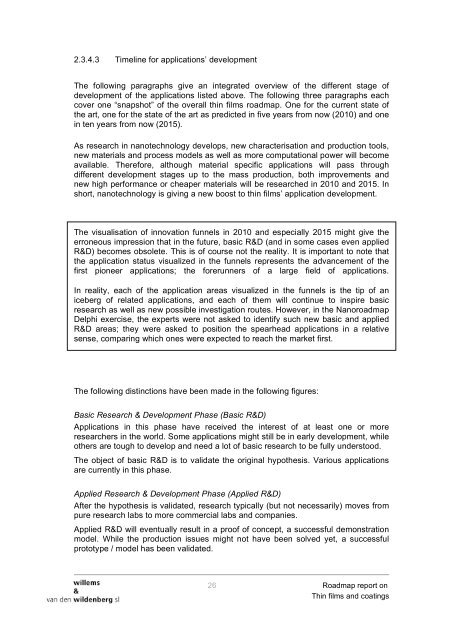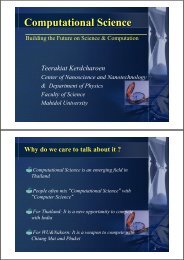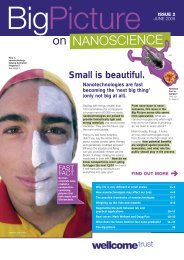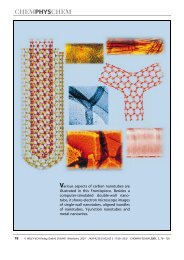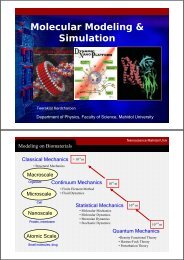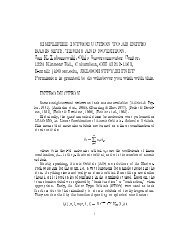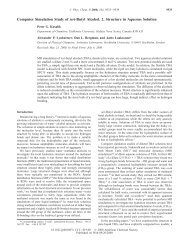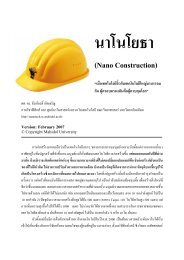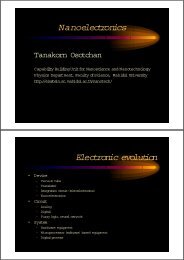'Thin films & coatings' Roadmap - Nano Mahidol
'Thin films & coatings' Roadmap - Nano Mahidol
'Thin films & coatings' Roadmap - Nano Mahidol
Create successful ePaper yourself
Turn your PDF publications into a flip-book with our unique Google optimized e-Paper software.
2.3.4.3 Timeline for applications’ development<br />
The following paragraphs give an integrated overview of the different stage of<br />
development of the applications listed above. The following three paragraphs each<br />
cover one “snapshot” of the overall thin <strong>films</strong> roadmap. One for the current state of<br />
the art, one for the state of the art as predicted in five years from now (2010) and one<br />
in ten years from now (2015).<br />
As research in nanotechnology develops, new characterisation and production tools,<br />
new materials and process models as well as more computational power will become<br />
available. Therefore, although material specific applications will pass through<br />
different development stages up to the mass production, both improvements and<br />
new high performance or cheaper materials will be researched in 2010 and 2015. In<br />
short, nanotechnology is giving a new boost to thin <strong>films</strong>’ application development.<br />
The visualisation of innovation funnels in 2010 and especially 2015 might give the<br />
erroneous impression that in the future, basic R&D (and in some cases even applied<br />
R&D) becomes obsolete. This is of course not the reality. It is important to note that<br />
the application status visualized in the funnels represents the advancement of the<br />
first pioneer applications; the forerunners of a large field of applications.<br />
In reality, each of the application areas visualized in the funnels is the tip of an<br />
iceberg of related applications, and each of them will continue to inspire basic<br />
research as well as new possible investigation routes. However, in the <strong>Nano</strong>roadmap<br />
Delphi exercise, the experts were not asked to identify such new basic and applied<br />
R&D areas; they were asked to position the spearhead applications in a relative<br />
sense, comparing which ones were expected to reach the market first.<br />
The following distinctions have been made in the following figures:<br />
Basic Research & Development Phase (Basic R&D)<br />
Applications in this phase have received the interest of at least one or more<br />
researchers in the world. Some applications might still be in early development, while<br />
others are tough to develop and need a lot of basic research to be fully understood.<br />
The object of basic R&D is to validate the original hypothesis. Various applications<br />
are currently in this phase.<br />
Applied Research & Development Phase (Applied R&D)<br />
After the hypothesis is validated, research typically (but not necessarily) moves from<br />
pure research labs to more commercial labs and companies.<br />
Applied R&D will eventually result in a proof of concept, a successful demonstration<br />
model. While the production issues might not have been solved yet, a successful<br />
prototype / model has been validated.<br />
26 <strong>Roadmap</strong> report on<br />
Thin <strong>films</strong> and coatings


